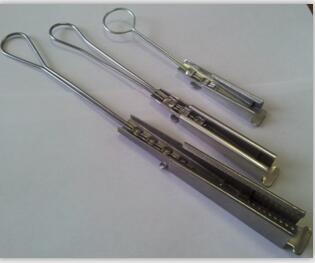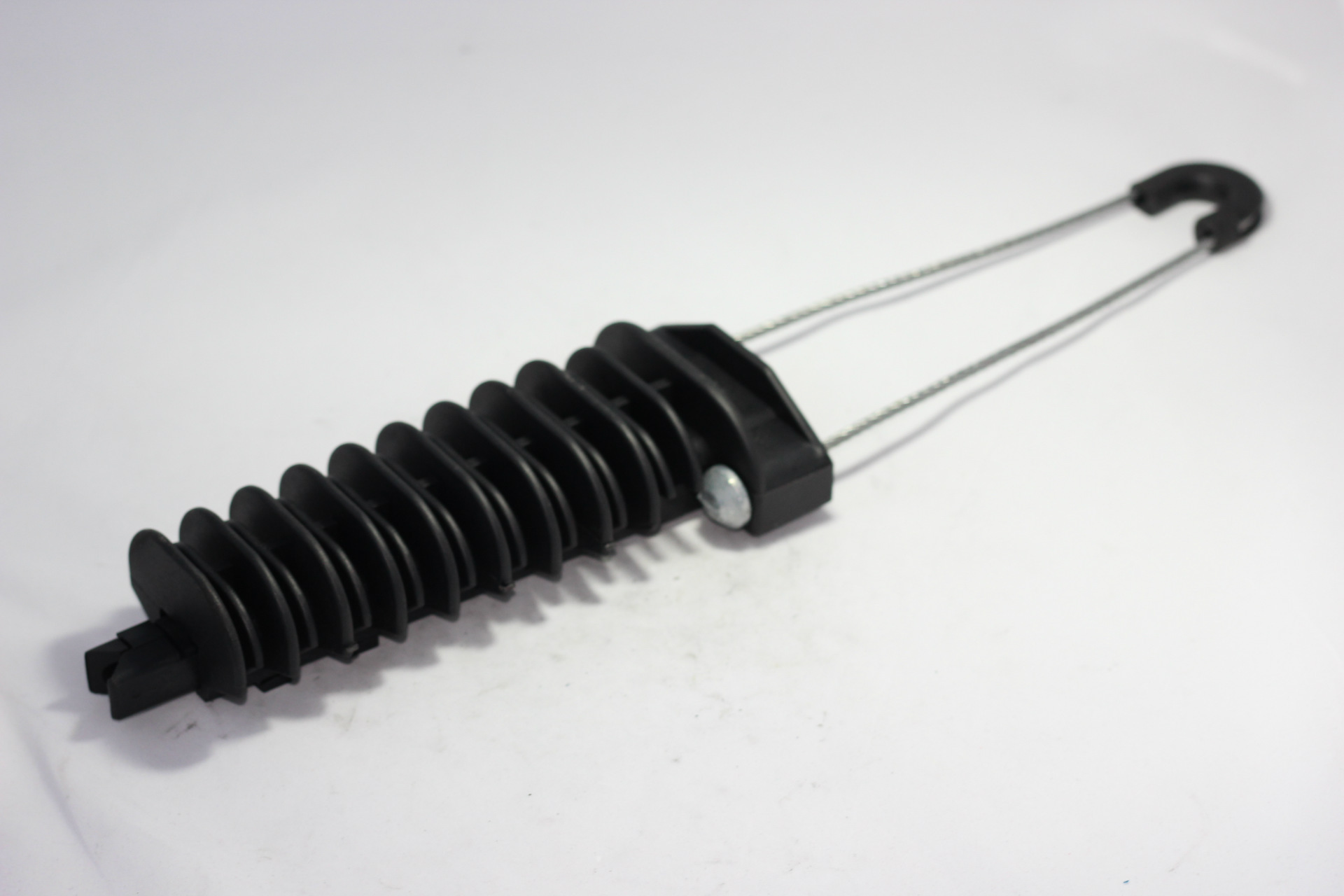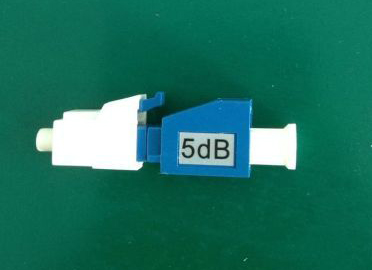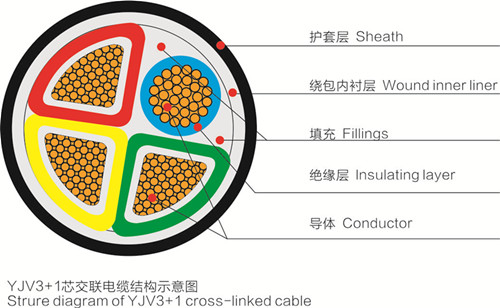Introduction
Overhead Aerial Bundle Cable (ABC Cable) has emerged as a significant advancement in overhead power distribution systems. Designed to enhance the safety, reliability, and efficiency of electrical networks, ABC cables offer a modern solution to traditional overhead wiring methods. This article delves into the features, benefits, applications, and best practices for installing ABC cables, highlighting their crucial role in contemporary power distribution.
What is Overhead Aerial Bundle Cable?
Overhead Aerial Bundle Cable (ABC cable) is a type of electrical power cable designed for overhead installation. It consists of multiple insulated conductors bundled together, offering several advantages over conventional bare conductors. The insulation around each conductor significantly reduces the risk of electrical faults, minimizes energy losses, and enhances overall safety.
Construction of ABC Cable
ABC cables typically consist of the following components:
-
Conductors: These are usually made of aluminum or aluminum alloy, providing a lightweight and cost-effective solution for power transmission.
-
Insulation: The conductors are covered with a layer of insulating material, typically made from cross-linked polyethylene (XLPE) or polyvinyl chloride (PVC). This insulation protects against environmental factors, including moisture, UV radiation, and mechanical stress.
-
Outer Sheath: In some designs, an additional protective sheath encases the insulated conductors, providing further protection against external elements and ensuring durability.
Types of ABC Cable
ABC cables can be categorized based on their application and construction:
-
Single-Core ABC: Designed for low-voltage applications, single-core cables consist of one insulated conductor.
-
Multi-Core ABC: Suitable for medium and high-voltage applications, multi-core cables feature multiple insulated conductors bundled together.
-
Self-Supporting ABC: These cables come with an integrated support system that allows for easy overhead installation without the need for additional supports or hardware.
Key Features of ABC Cable
-
Insulation: The primary advantage of ABC cables is their insulated conductors, which significantly reduce the risk of short circuits and electrical accidents.
-
Reduced Power Losses: The bundled design of ABC cables minimizes energy losses associated with traditional overhead lines, improving overall efficiency.
-
Durability: ABC cables are designed to withstand harsh environmental conditions, including extreme temperatures, moisture, and UV exposure.
-
Lightweight: The lightweight nature of ABC cables makes them easier to handle and install compared to traditional bare conductors.
-
Safety: The insulation provides an additional layer of safety for both utility workers and the public, reducing the risk of accidental electrocution.
Benefits of Using ABC Cable
-
Enhanced Safety: The insulated conductors of ABC cables provide a significant safety advantage over bare conductor systems. They reduce the risk of accidental contact, making them ideal for urban areas and regions with high population density.
-
Reduced Maintenance: The durability of ABC cables leads to lower maintenance costs. The risk of damage from weather events, such as storms or high winds, is reduced, resulting in fewer outages and repairs.
-
Aesthetic Appeal: ABC cables can be more visually appealing than traditional overhead lines. The bundled design reduces visual clutter and can be more easily integrated into urban landscapes.
-
Environmental Considerations: The reduced power losses associated with ABC cables can contribute to lower greenhouse gas emissions, making them an environmentally friendly choice for power distribution.
-
Easy Installation: The lightweight design of ABC cables allows for quicker and easier installation. They can be installed in various terrains and locations, providing flexibility for utility companies.

Applications of ABC Cable
-
Urban Power Distribution: ABC cables are particularly well-suited for urban environments where space is limited and safety is a priority. Their insulated design reduces the risk of accidents and power outages, making them ideal for cities.
-
Rural Electrification: ABC cables play a critical role in rural electrification projects, providing reliable power to remote areas where traditional wiring may be challenging.
-
Renewable Energy Integration: As the demand for renewable energy sources increases, ABC cables are being used to connect solar and wind energy installations to the grid, ensuring safe and efficient power transmission.
-
Industrial Applications: Many industrial facilities utilize ABC cables for overhead power distribution due to their durability and reliability, ensuring continuous operation in demanding environments.
-
Residential Power Supply: ABC cables are increasingly used in residential areas, providing safe and efficient power connections for homes and communities.
Installation Practices for ABC Cable
Proper installation of ABC cables is crucial to ensuring their performance and longevity. Here are some best practices for installing ABC cables:
-
Site Assessment: Before installation, conduct a thorough assessment of the installation site. Consider factors such as terrain, environmental conditions, and existing infrastructure.
-
Select the Right Type: Choose the appropriate type and size of ABC cable based on the specific application, voltage requirements, and environmental conditions.
-
Proper Support: Ensure adequate support for the cables during installation. This may include the use of poles, brackets, or other support structures, especially for longer spans.
-
Bending Radius: Maintain the recommended bending radius for the cables during installation to prevent damage to the insulation and conductors.
-
Sealing Joints: Properly seal joints and connections to prevent moisture ingress, which can compromise the insulation and lead to electrical faults.
-
Testing: After installation, conduct necessary testing, such as insulation resistance testing, to verify that the cables are functioning correctly and safely before energizing the system.
-
Documentation: Maintain detailed records of the installation process, including cable types, lengths, and test results. This documentation is valuable for future maintenance and troubleshooting.
Maintenance of ABC Cable
-
Regular Inspections: Schedule routine inspections to identify signs of wear, damage, or environmental stress. Check for any signs of insulation degradation, mechanical damage, or overheating.
-
Moisture Control: Ensure that the installation area is adequately drained and protected from moisture ingress, which can compromise insulation integrity.
-
Pest Control: Implement pest control measures to prevent rodents and insects from damaging the cables.
-
Fault Detection: In the event of a power failure or system malfunction, conduct fault detection tests to pinpoint issues. Use tools such as time domain reflectometry (TDR) for accurate identification of cable faults.
-
Upgrade as Needed: If electrical demand increases or if recurring issues arise, consider upgrading the cable system to accommodate new load requirements safely.
Conclusion
Overhead Aerial Bundle Cable (ABC cable) represents a significant advancement in overhead power distribution systems, offering enhanced safety, reliability, and efficiency. Its insulated conductors reduce the risk of electrical faults and improve overall system performance, making it a preferred choice for utility companies and industrial applications. With proper installation and maintenance practices, ABC cables can provide a long-lasting and cost-effective solution for modern power distribution networks. As the demand for reliable and efficient energy sources continues to grow, ABC cables will play a crucial role in shaping the future of electrical infrastructure.












